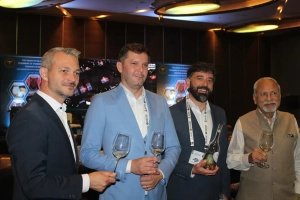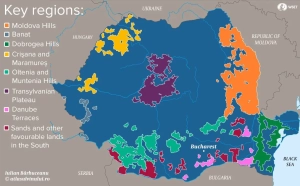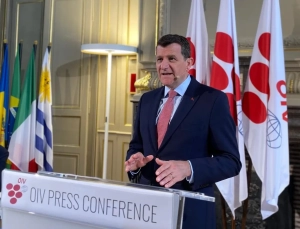ProWein Business Report: No-Low Alcohol Wine Market Expanding fast globally
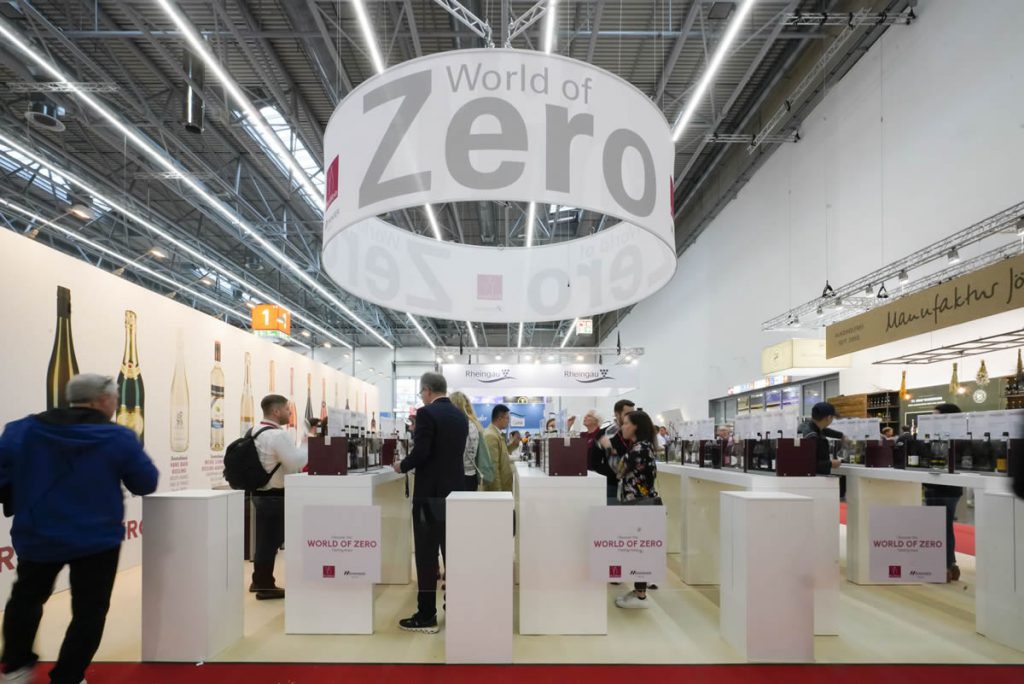
Posted: Saturday, 21 April 2023 11:20
ProWein Business Report: No-Low Alcohol Wine Market Expanding fast globally
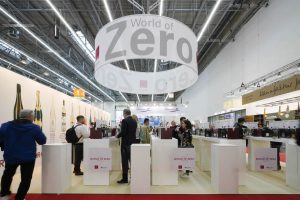 In order to gauge the relative sales opportunities of the various wine types, merchants, importers, distributors, restaurateurs and hoteliers were asked which products they felt would be in demand in 2023. The list was headed by sparkling wines, Champagne, Cava and Prosecco, which have already posted good market successes over the past few years.
In order to gauge the relative sales opportunities of the various wine types, merchants, importers, distributors, restaurateurs and hoteliers were asked which products they felt would be in demand in 2023. The list was headed by sparkling wines, Champagne, Cava and Prosecco, which have already posted good market successes over the past few years.
The international growth of the no-low market has been driven so far primarily by innovations in alcohol-free beers and ciders. But progress has also been made with regards to product quality when dealcoholizing wines. Although the market share of such wines is still small, it is posting very good growth rates in many countries. According to the IWSR global no-low alcohol sales in 2022 exceeded $22 billion and annual sales growth of 7% is expected for the next five years, with 90% representing the main growth share of the entire beverage industry.
Meininger Verlag which conducts many wine competitions including MundusVini in Germany, collaborated with ProWein and organized the “World of Zero” pavilion, focusing on dealcoholized wines for the first time at its 2023 edition. Interestingly, MundusVini Spring 2023 also had a special section of non-alcoholic wines in the competition for the first time on 26 February, when 187 wines were tasted.
The general impression of the judges with whom this writer interacted, was that a lot of improvement had been made across the board by this up and coming segment but there was further scope for improvement in flavours, especially for red wines. Producers need to continue to focus and make sure no flavour element was lost, as the beer manufacturers seem to have achieved successfully.
ProWein Business Report 2022 is ostensibly the most comprehensive international report on this innovative and high-growth product category, which benefits especially from consumers’ increasing health consciousness. The Report gives merchants and producers valuable hints as to which types of no-low wines are in demand in which countries and where merchants are particularly interested in listing new no-low products.
Low-alcohol or dealcoholized wines are viewed as trending products by one third of the wine trade. Merchants overall see better opportunities for low-alcohol wine than for no-alcohol wines, though there are strong regional differences between countries.
The UK ranks first for both no and low wines. The high acceptance of wines with less alcohol is also due to the British tax system which taxes these wines significantly less or none at all. For dealcoholized products the Netherlands and Finland follow ahead of Germany with roughly one third of traders approving.
In most countries, like the US and Canada, low alcohol wines are in greater demand, with over 50% of merchants interested in them. Germany and the Netherlands are the only markets where the demand is equal for no- low wines.
White and bubblies lead the no-low category
White wines and bubblies are clearly ahead of rosé and reds- one reason being their production processes. With sparkling wines the reduced alcohol content can best be compensated for in sensory terms by carbonation. Lately, the industry has also learnt a lot about the optimal requirements for the dealcoholized white wines. However, when alcohol is removed from red wine, tannins from the grape skins become more prominent and have to be elaborately balanced in sensorial terms.
For sparkling wines North America, Italy and Scandinavia lead in the top 10 sales markets as 75% to 90% of merchants expect no-low sparkling wines to perform very well.
In general, the Scandinavian countries lead in terms of demand for no-low wines and hence, also for rosés and red wines. Here, lower taxation also plays an important role. For rosé wines Scandinavia is followed by Belgium and Great Britain with France recording a strong performance in no-low wines.
For red wine, Scandinavia is followed by the USA and Canada where almost two thirds of the trade see promising prospects for no-low red wines. Even the major red wine producers Spain, Portugal and Italy rank among the top 10 sales markets for no-low red wines.
Reaction by trade and producers to no-low trend
Merchants and producers who are optimistic about no-low wines and see good sales prospects were polled on their current plans. One in two of these optimistic merchants wants to list new no-low wines next year. As a percentage of all traders this corresponds to 16% for low-alcohol wines and 11% for no-alcohol wines. Only 30% of these optimistic merchants do not plan to order any new no-low products because they feel their ranges are already well assorted. These results reflect merchants’ great interest, which offers particular opportunities for producers to be listed with new products.
Differences in production
One reason for the low number of producers is the technical dealcoholization process, which cannot be run by small and medium-sized producers by themselves. The systems required for this process are offered only by a few large, specialized manufacturers and service providers who in part specify certain minimum quantities for this commission manufacturing. For some producers these minimum quantities are still too high.
One solution might be for some companies from the region to have a cuvée dealcoholized jointly and then market it under their own labels. Producers from the Rheingau wine-growing region in Germany have already applied this model very successfully.
The production of low-alcohol wines can be controlled by producers themselves to a certain extent by suitable viticulture and oenological measures. Many companies reported experimenting and looking for ways to produce quality wines with low alcohol volumes. Especially countries strongly impacted by climate change, where the sugar content in the grapes and, hence, the alcohol content of the wines have already clearly gone up, are active in this field. Partial dealcoholizing to lower volumes such as 5% ABV, however, requires special plants.
There is clearly a stronger interest in listing low-alcohol wines in different markets. In the USA, for example, one in two (47%) wine merchants wants to list new low-alcohol wines but only one in twelve (8%) is on a quest for no-alcohol wines. In Norway, too, this percentage stands at 44% for low-alcohol wines and at 20% for no-alcohol wines. Only in the Netherlands (21%) and Germany (18%) the trade is slightly more interested in new no-alcohol wines than in low-alcohol wines.
This study was carried out by the Department of Wine and Beverage Business at Geisenheim University known worldwide for its research and teaching in the field of wine science.
Indian Market for no-lo wines
Unfortunately, the low-alcohol segment in India has not picked up at all. Reason is that the import duties remain at 150% on wine whether the alcohol is 14%, 4% or even 1%. There is no incentive for lower alcohol in terms of lower costs. However, one occasionally finds zero percent wines in the market. This is because wine with 0% alcohol is taxed as a beverage-at only 30% import duty. It’s also known that beyond 0.5% alcohol it is not feasible to lower the level through Reverse Osmosis. But FSSAI gives a leverage of 0.5% error as in other international markets. So the importers can get away with declaring it a zero percent alcohol.
Sparkling wines and many whites are also quite amenable to this style and the astute importers would do well to tap the huge market of people who love wine but not the alcohol in it.
Subhash Arora


